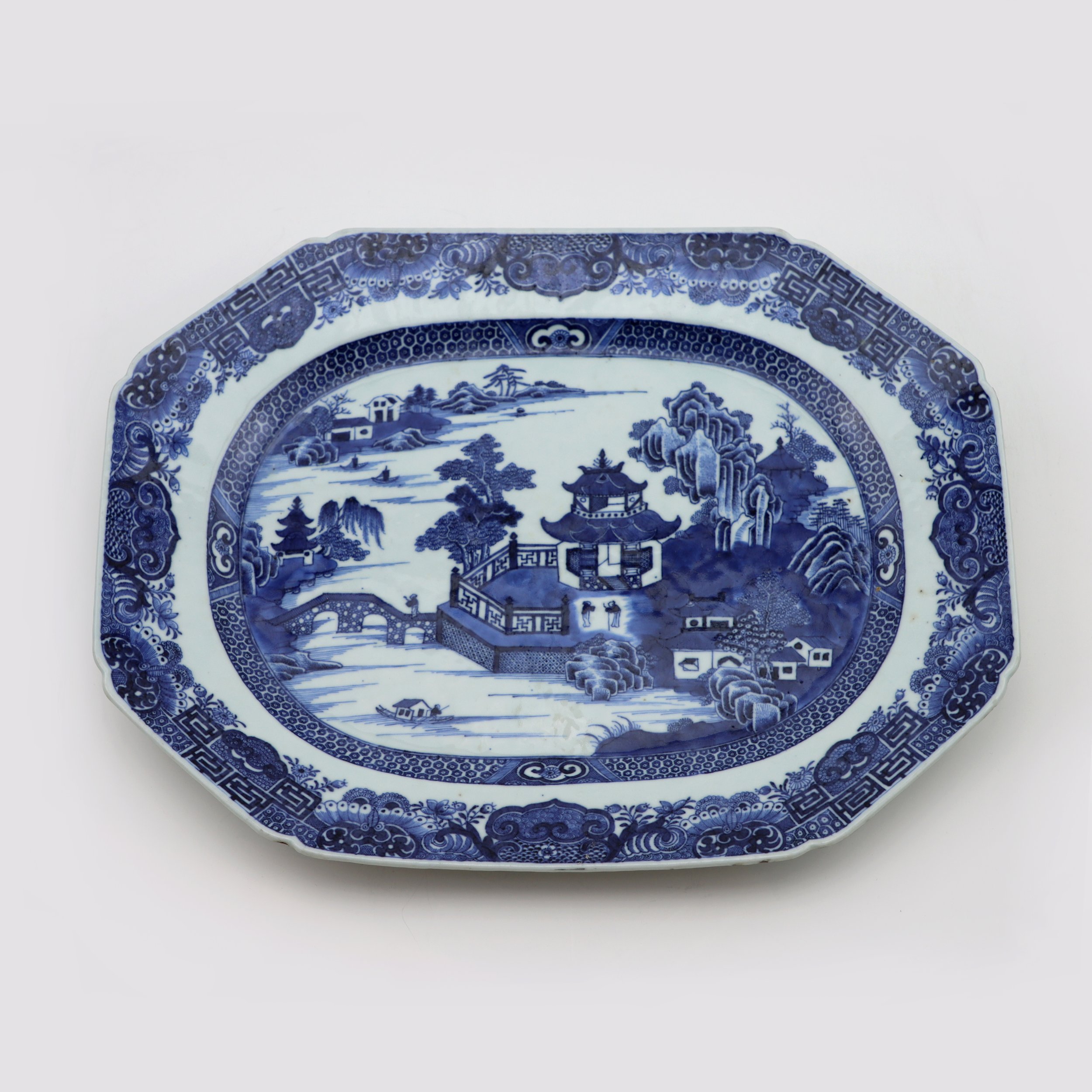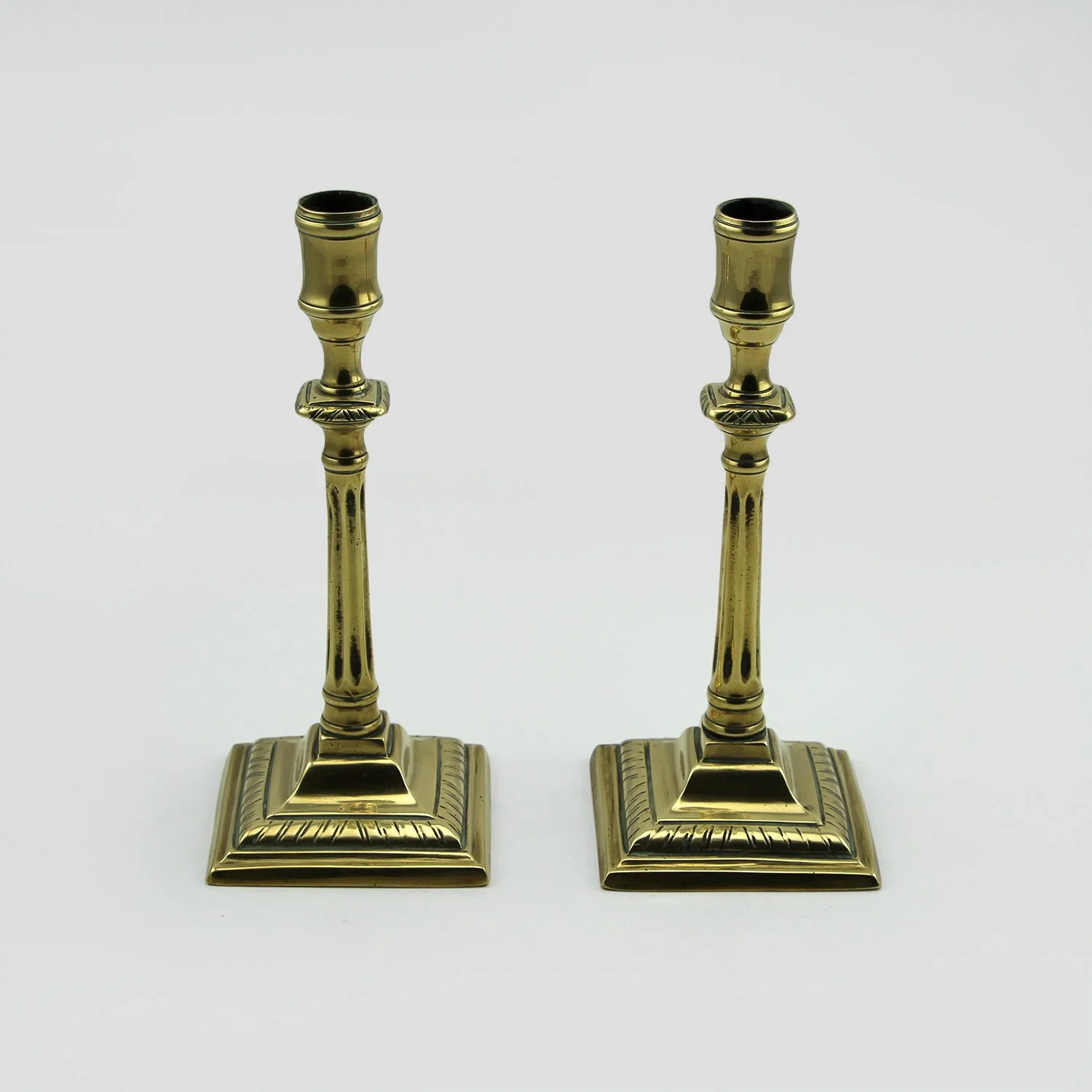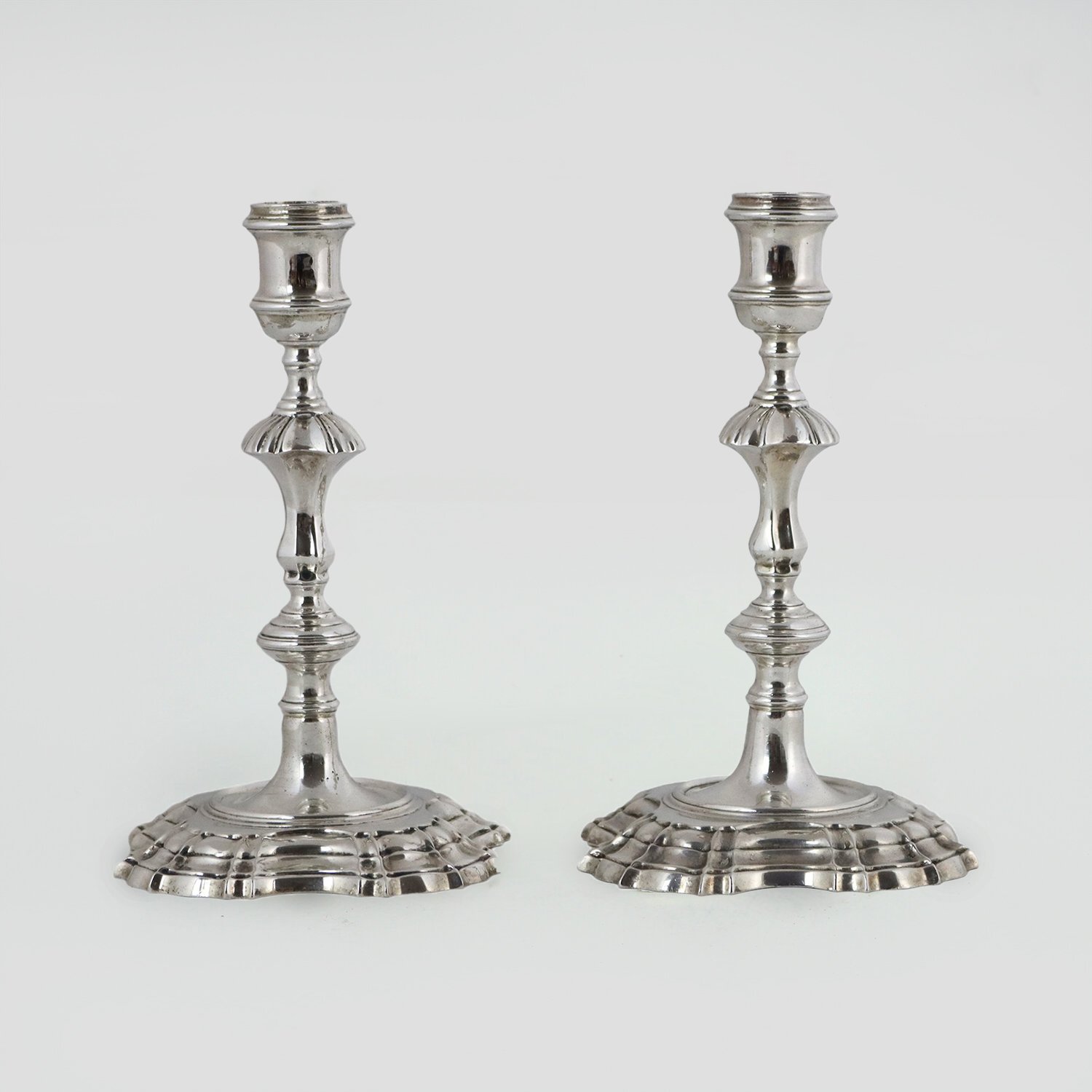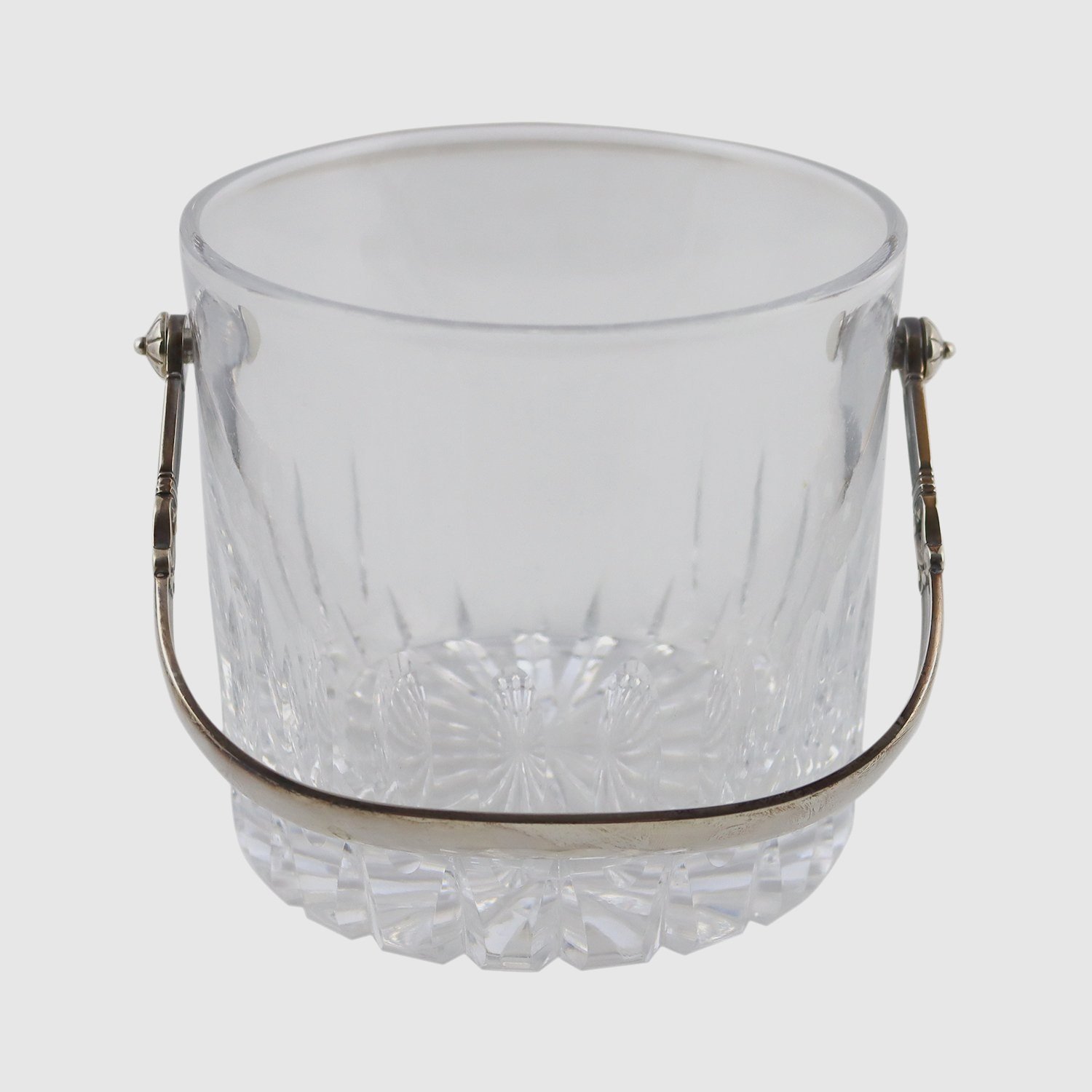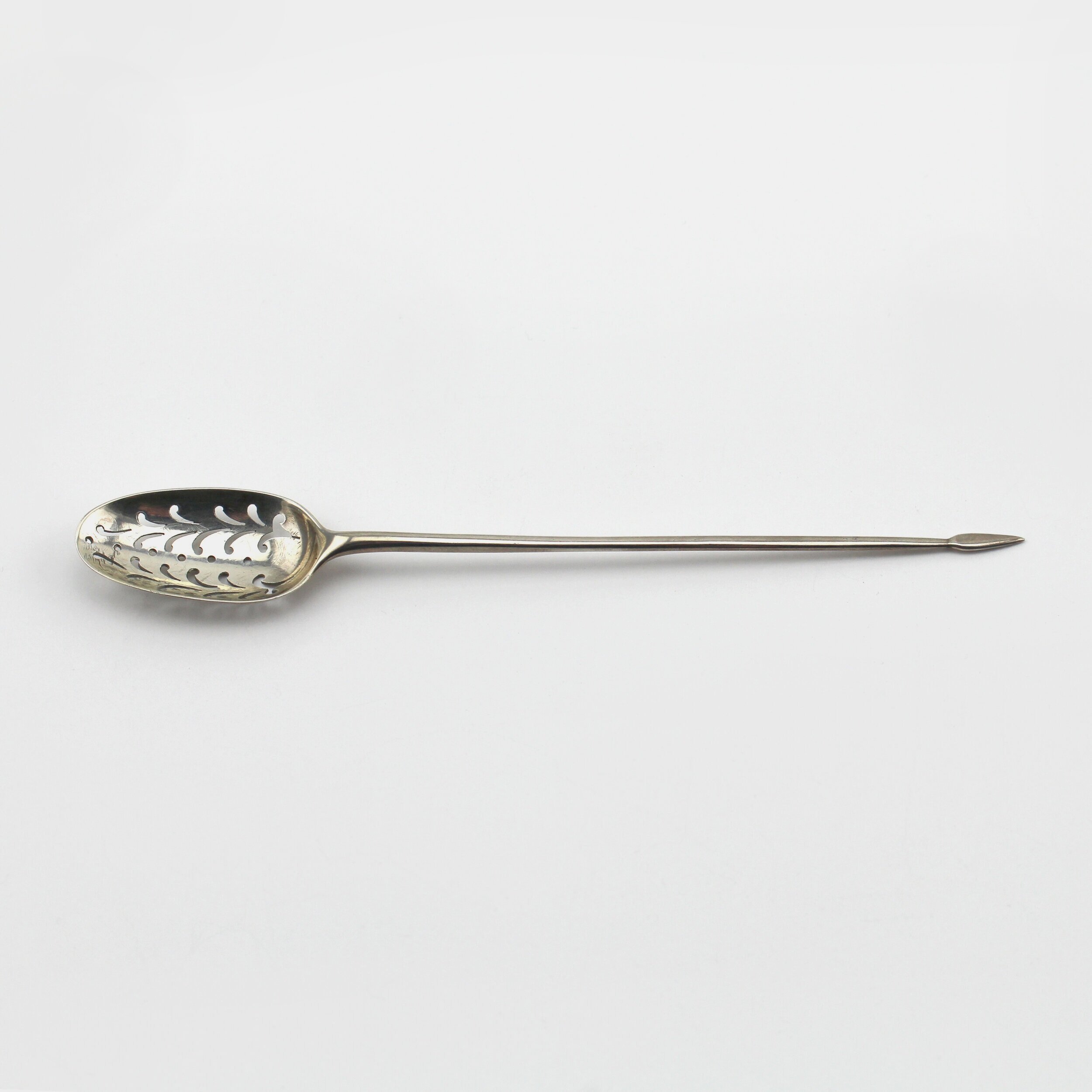First Week of Advent - Holiday Gift Guide
Welcome to the first week of Advent, we invite you to share the joyful four-week Scandinavian celebration which heralds the holiday season. Traditions include lighting a candle on the Advent wreath each of the four weeks before Christmas, while preparations include a myriad of baked goods and warm glögg.
This year we encourage you to integrate antiques into your holiday entertaining. We have gathered a selection of elegant and useful tableware to help add character, beauty and history to your festivities. Seamlessly weaving antiques into your holiday entertaining elevates your gathering to create a cultural experience. Adorn your spaces with antique decorations and enjoy engaging conversations with your guests by highlighting the history and stories around these unique and useful objects.
Incorporate antique serving trays or platters to showcase holiday treats. Enjoy serving cocktails or wine using ornate decanters, crystal or silverware. Utilize timeless Georgian serving pieces to plate your holiday feast. Create a warm and soft holiday glow using polished brass or silver candlesticks. Serve your tea or coffee in a stunning silver service and use a traditional tea or coffee canister. Merge functionality with timeless elegance and celebrate the past by creating an unforgettable present.
The origins of candle making can be traced back to ancient Greek and Roman eras. Human beings have always needed fire for safety, food and, most pressingly, light. What started as a relatively simple process of burning oil or fat, or repeatedly dipping a strand of twine into tallow, has today evolved into an elaborate industry. Alongside candle-making grew the need for candleholders or candlesticks. These too have gone through many iterations of materials, form, and function and later candlesticks benefitted from centuries of ingenious improvements. The form of the candlestick has also gone through several transformations. Until middle of the 18th century, most candlesticks had large drip pans – a vertical plane attached to the middle of a candlestick to prevent the candle from dribbling. However, as the candles began to be produced from a superior quality of tallow, these drip pans were no longer necessary and the candlestick stem could be decorated with increasingly intricate designs. Craftsmen began to experiment with different shapes and alloys, such as Paktong and Bellmetal.
Peking glass originated in Beijing, China, the name romanticized in European writing to “Peking”. First used for the fabrication of glass snuff bottles, Peking glass was later meticulously crafted into exquisite vases, ornaments, and objets d’art. Renowned for its vibrant hues and intricate detailing, Peking glass maintains its allure and is sought after by collectors, embodying a timeless fusion of Chinese tradition and modern aesthetic sensibilities.
Glass and silver decanters epitomize refinement and functionality in the service of wines and spirits. Antique decanters are characterized by a harmonious blend of materials, with a clear glass body showcasing the rich hues of the contained beverages, and a silver collar and stopper adding a touch of opulence. The silver components often feature intricate engravings or elegant patterns, elevating the decanter into a decorative piece. Originally the purpose of these decanters was not only to aerate and serve wines but also to enhance the visual appeal of the table setting.
Cordial and sherry glasses were delicate and elegantly crafted vessels integral to formal dining settings. Typically featuring a slender stem supporting a small, tulip-shaped bowl, they allow for a measured and refined serving of cordials or sherries. The stemware was often made of fine crystal or glass, with intricate patterns and etchings adding a touch of decorative flair.
Unusual decanter with sterling silver fitted lock, Birmingham 1923, maker H&H Hukin & Heath Ltd. with key. Size: 11 1/3 h x 4 1/4 w x 4 1/4 d in. M20655
SOLD
Sterling silver wine coasters emerged as both practical and decorative accessories, designed to cradle and protect wine bottles on dining tables. Crafted with precision and often adorned with intricate patterns, these coasters not only prevented wine drips but also added an elegant touch to the table setting.
Pair of silver plate wine coasters, with openwork decoration and wooden bases, stamped EPGS. Size 2 3/4" high x 5 3/4" in diameter. C20382 SOLD
Georg Jensen (Danish, 1866-1935) Cut glass spherical ice bucket with sterling silver Georg Jensen handle in the Acorn pattern, designed by Johan Rohde (1856-1935) in 1915. Bears impressed hallmark to handle hallmarked for Georg Jensen design 1137, with maker's mark for Johan Rohde, with date mark 1945-77. Crystal Ice Bucket designed by Hadeland of Norway. C20333
In the 19th century, the cruet emerged as an essential table accessory, typically comprising of small containers for various condiments like oil, vinegar, and sauces. Crafted from materials such as glass, silver, or ceramic, these cruets were characterized by their refined design, often featuring intricate detailing and elegant shapes. Placed on dining tables, cruets served both a functional purpose, offering a convenient means to present and distribute condiments, and a decorative one, contributing to the overall aesthetic of formal dining settings during this period.
Sifter spoons were a popular Georgian utensil useful at the table for shaking sugar onto berries, puddings or cakes. As sugar became refined and more accessible to a larger section of the population in the 19th century, these spoons became more common place and affordable.
Stilton cheese scoops were specialized and refined utensils designed for the service of this prized and luxurious cheese variety known for its rich and creamy texture. Typically crafted with precision from materials such as sterling silver, this utensil featured a distinctive design, often with a long handle and a broad, shovel-like bowl at one end. The purpose of the cheese scoop was to facilitate the elegant and precise portioning of the soft and crumbly cheese, allowing hosts or skilled servants to serve it with finesse during formal dining occasions. As a symbol of culinary sophistication, the use of a cheese scoop in the 19th century not only demonstrated a commitment to proper table etiquette but also highlighted an appreciation for the exquisite flavours and textures associated with premium cheeses.
Marrow scoops were distinctive and specialized utensils used for the precise extraction and serving of marrow from bones. Crafted from sterling silver, this elegant implement typically featured a narrow, elongated handle and a rounded spoon-like bowl at one end. The use of a marrow scoop was a refined practice reserved for formal dining occasions, where the enjoyment of marrow was considered a delicacy. During the meal, the host or a skilled servant would employ the scoop to delicately extract marrow from bones, showcasing not only a mastery of dining etiquette but also a commitment to the finer points of culinary indulgence.
The use of a crumb tray became a subtle yet essential aspect of the dining ritual, reflecting the meticulous attention to detail and the desire for a refined dining experience. It was a way to maintain an impeccable table setting, showcasing the sophistication and social status of the host. The crumb tray was employed in between courses to discreetly and elegantly remove any breadcrumbs, bits of pastry, or other small food particles that might accumulate on the tablecloth. This practice ensured that the dining surface remained clean and presentable throughout the meal.
This particular example is one of De Hoog’s finest works - the child peeking from behind his mother’s skirt is delightful and an unusually intimate rendering for the artist.
Tea caddies held a dual role as both functional containers for preserving prized tea leaves and as decorative symbols of refinement and status. These meticulously crafted containers, often featuring elaborate designs and luxurious materials, served to protect tea from air and moisture, maintaining its freshness. Beyond their practical use, tea caddies became focal points of social rituals, embodying the art of custom tea blending and adding a ceremonial touch to the act of preparing and serving tea. Royalty and nobility often enlisted skilled craftsmen to create stunning examples incorporating rare materials including tortoiseshell and exotic hardwoods such as walnut, rosewood, and fruitwood, often adorned with gold, silver, or horn. Owning an ornate tea caddy signified not only a commitment to preserving the quality of tea but also an appreciation for the aesthetics of tea-drinking, contributing to the overall sophistication and elegance of 19th century social customs.
Craftsmanship on a level almost extinct today has made these pieces last through the centuries. Some have been altered for practical uses such as for holding jewellery, however those with original hardware, interiors and locks with keys remain the most desirable. These popular and collectible objets d’art are a joy to live with and something to pass on to future generations.
George II Old Sheffield silver plate tea caddy, having an octagonal straight-sided body, domed hinged lid and cast urn-shaped finial, English circa 1820. Some wear. Size: 5 1/2 h x 4 3/4 w x 3 1/3 d in. C20292 SOLD
Tea in the 17th century and most of the 18th century was supplied in a rather crude form with large leaves and a great deal of dust. Mote spoons, with their pierced bowls, were used to separate the larger leaves from the chaff of grit, stones, twigs and even dead insects that managed to find their way into the bags of raw tea leaves during the harvesting process. Mote spoons were also likely used to remove fragments of tea or ‘mote’ from teacups before drinking. The sharp pointed end of the spoon would have been used to dislodge blockages from the inside of the spout of the teapot. Mote spoons ceased to be used or produced in the 1770’s.
During the late 17th century the mote spoon was a simple pierced bowl, with a long thin stem of uniform thickness. The stem and bowl were made of two pieces, being attached with the soldered “rat tail” form. The patterns and shapes of the piercing in the bowls of the spoons aids greatly in dating the pieces, with the earliest having simple holes punched through the bowl and latter versions having much more elaborately patterned cuts. This is one of a collection of mote spoons acquired by a collector over many years.
In the 19th century, a sterling silver coffee pot played a pivotal role in the burgeoning coffee culture, embodying both functional utility and the refined rituals of the time. As coffee gained popularity as a social beverage, these pots became symbols of prestige and hospitality. Typically adorned with intricate engravings and crafted with precision, the sterling silver coffee pot served as an elegant vessel for brewing and serving coffee. Ground coffee was placed within, and hot water was poured over, infusing the beverage with rich flavors. The act of pouring coffee from the pot became a carefully orchestrated performance, often conducted at the table, adding a touch of ceremony to the coffee service. The sterling silver material not only showcased the owner's wealth but also contributed to the heat retention, ensuring that the coffee remained warm throughout the social gathering. The use of a sterling silver coffee pot in the 18th century thus went beyond mere functionality, becoming a symbol of social refinement and an integral part of the evolving coffee-drinking culture.
George II Rococo baluster shaped sterling silver coffee pot on circular foot, chased decoration to the body and cover with flowers, scrolls and scaling, scroll-capped wooden handle and fluted spout terminating in a bird's head. London maker Thomas Whipham, date mark most likely 1740. Size: 9 ¾ h x 8 ¼ w x 4 ¾ d in. C19915
The tradition of the Danish Christmas spoon and fork set began with the firm of Anton Michelsen,an extremely well trained and apprenticed goldsmith who opened his own shop in Copenhagen in 1841 and rose to the title of Jeweller to the Royal Court. Anton’s son Carl Michelsen continued the firm after his father’s death in 1877. He began to collaborate with well-known artists and designers including Arnold Krog the artistic director of Royal Copenhagen, artist and ceramic designer Harald Slott-Moller, architect Martin Nyrop, and Thorvald Bindesbold the architect, sculptor and ornamental artist best know today for having designed the Carlsberg beer label. It was during this period that the first Christmas spoon and fork were created in 1910, likely influenced by the success of the Bing & Grondahl and Royal Copenhagen Christmas (Jul) plates. This first 1910 set showed the Star of Bethlehem topped with the word Jul (Christmas in English) and was designed by one of the firm’s designers NC Dyrlund. The 1910 design does not include the year as it was intended to be a one-off. The set was a great success and started a new yearly Christmas tradition, the limited edition only made in the year of production after which the tools are destroyed.
Each year, a new artist was selected to design the Jul motif. Originally designers were mainly painters but as success continued, architects and jewellers joined as designers. The firm would select an emerging young artist who was given decision-making over design, colour and shape within the confines of the required form. Because of this each year’s design varied greatly and by 1925 enamelled decoration appeared almost every year. In 2003 Georg Jensen took over production of the Christmas spoon and fork and they continued to produce them until the final year of production in 2009, marking 100 years of production.
Danish sterling silver Christmas spoon and fork set by A. Michelsen, gold plated with inlaid enamel decoration, made for Christmas 1991. Designed by Lin Utzon with the motif "Northern Lights", inspired by the Northern latitudes - the sea, the light, the cold and the snow. Complete with brochure. C20372
The history of the Danish Christmas plate began in 1888 at the Nordic Industrial, Agricultural and Arts Exhibition in Copenhagen. Held in and around Tivoli Gardens, the exhibition would host 1.3 million guests, more than 50% of the population of Denmark at the time. The Royal Danish Porcelain Factory (Royal Copenhagen) created a series of plates that lined the podiums used for display. The plates were decorated with the factory logo - the crown representing the royal stamp with three waves symbolizing Denmark's three straits: Storebælt, Lillebælt and Øresund. Crown Princess Louise of Denmark, attending the fair, purchased a plate as a keepsake which plate was left on display at the fair with a note. The note caused a trend, as visitors to the fair quickly acquired the remaining plates. Having run out of supply, the factory produced more to meet demand, and with this success they recognized that plates could be reproduced to mark special occasions and events. In the years that followed Royal Copenhagen created collectable plates to mark events in relation to the Danish Royal family.
It was at almost the same time that an artist working for the Royal Danish Porcelain Factory, Frans August Hallin, was working on a way to carve a relief into a plate mould in order to repeat decoration en masse. By creating a depth of relief, the plate could be flooded with glaze and the deeper areas would appear darker. In 1895 he left for the rival firm Bing and Grondahl. It was Harald Bing, the owner of Bing and Grondahl, who decided to create a collector’s plate for annual occasions, with a new design each year. Launching the first Christmas plate in 1895, using Frans August Hallin’s relief idea. Royal Copenhagen followed suit with their own Christmas plate thirteen years later in 1908. The two firms merged in 1987 but both series of Christmas plates have continued to be produced each year.






